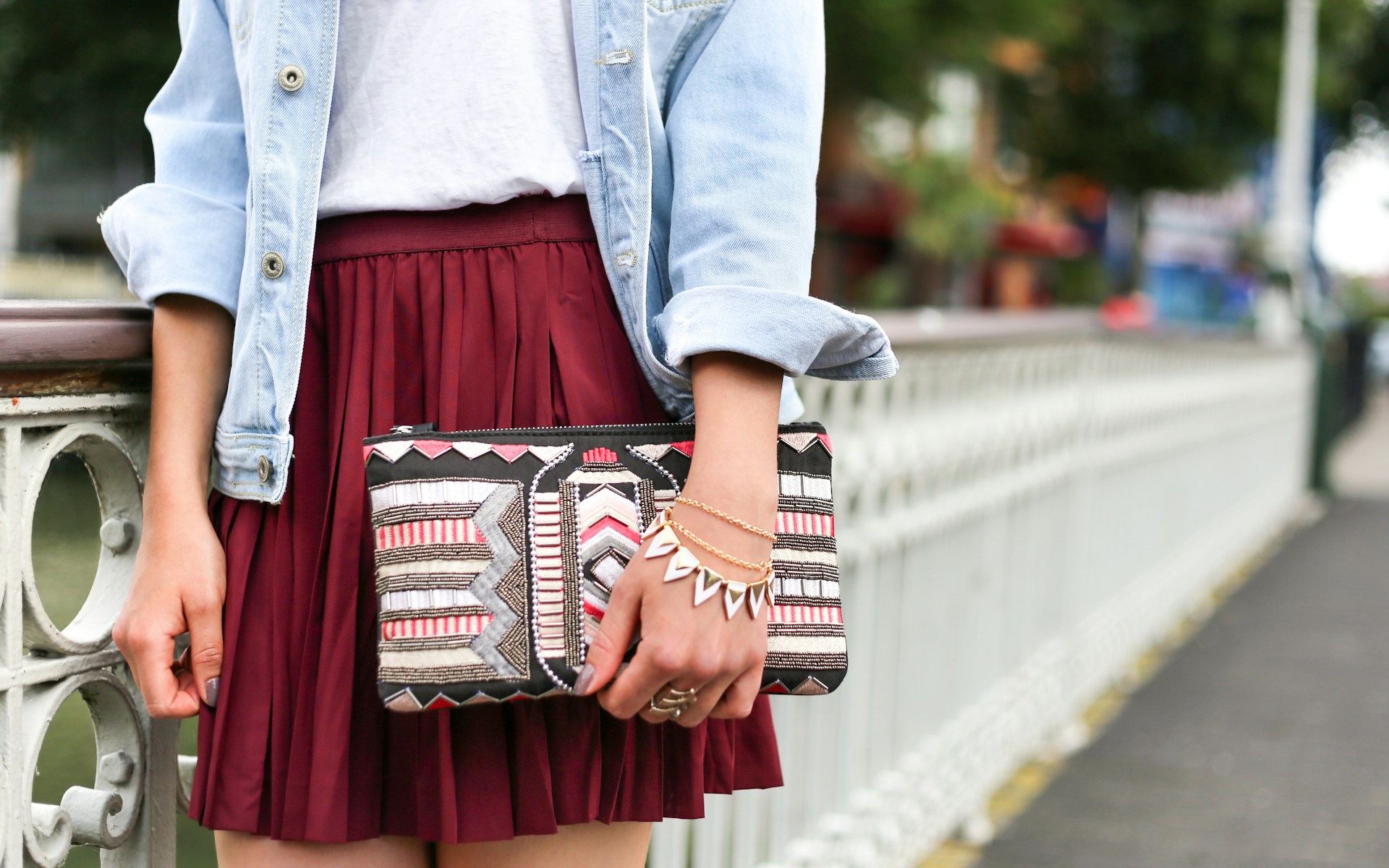Swapping Size for Sustainability: How Conscious Consumption is Shaping the Future of Fashion
For decades, the fashion industry has been a forerunner in shaping cultural trends and individual style. It has mirrored social changes, and pioneered others. Today, we are witnessing a seismic shift in this industry with the rise of sustainable fashion and the embrace of conscious consumption.

A Sensible Shift Towards Sustainability
Fashion, like most industries, has always been a reflection of our times. In the ’60s, it was flared jeans and peace signs, reflecting the counter-culture movement. In the 80s, shoulder pads represented power and dominance. Today, it’s about sustainability – a reflection of the pressing environmental issues we face. The fashion industry contributes significantly to environmental damage. From water pollution to greenhouse emissions, its consequences are severe. However, as consumers become more eco-conscious, we observe a shift towards sustainability, altering the fashion norms we’ve known.
The Rise of Sustainable Fashion: A Trend Report
Today’s fashionistas no longer look to size alone as a measure of value. A garment’s sustainability quotient - its environmental footprint, ethical sourcing provisions, and labor rights - now forms a critical part of the decision-making process. Second-hand fashion is booming like never before, with resale platforms like Thredup and Poshmark gaining immense popularity. More designers are adopting organic fabrics, dyes, and embracing ethical manufacturing processes than before. Even shopping behavior is evolving - weekend haul culture has given way to thoughtful purchases, and capsule wardrobes are becoming commonplace, reflecting a more mindful, conscious approach to consumption.
Driven by a Conscious Approach
Sustainable fashion is more than a trend; it’s a movement driven by an evolving ethos amongst consumers. A sense of social responsibility, a commitment to the environment, and a shift in the value system resulting from the acknowledgment of fashion’s destructive nature fuel this movement. It’s about making purchases that don’t merely fulfill a need but also align with one’s values – a perfect blend of style and responsibility.
Embracing Sustainable Chic: Practical Guide
- Start by editing your wardrobe. Keep only the essentials and the ones you truly love. This minimizes waste and promotes mindful consumption.
- Repair, reuse, recycle should be your style mantra. A little sewing can extend the life of a loved garment, reducing waste.
- Opt for quality over quantity. Invest in timeless, durable pieces rather than ‘fast fashion’ items.
- Encourage and support brands that are ethical and sustainable. Reading the label and understanding a product’s origin can go a long way in conscious consumption.
- Experiment with second-hand fashion. It’s chic, sustainable, and affordable.
Illustrating the Future of Fashion
The intersection of fashion and sustainability illustrates a significant shift in consumer values and priorities—a shift that promises a more conscious and responsible industry. Sustainable fashion, once an alternative, is rapidly becoming the norm, thanks to an increase in consumer awareness and calls for industry reforms. As we look to the future, this shift promises a fashion culture that doesn’t sacrifice the earth’s resources for style but instead creates a harmony that resonates with a sustainable, fashion-forward world.
As experts, we need to stay informed and be agents of change, educating ourselves and others about the importance of sustainable fashion. Just as size does not determine the value of a garment, the value of a consumer is not only in their purchasing power but also in their power to effect change. Today’s fashion consumer isn’t just buying a product; they’re buying into a movement - causing a paradigm shift that is quite literally changing the landscape of fashion.




